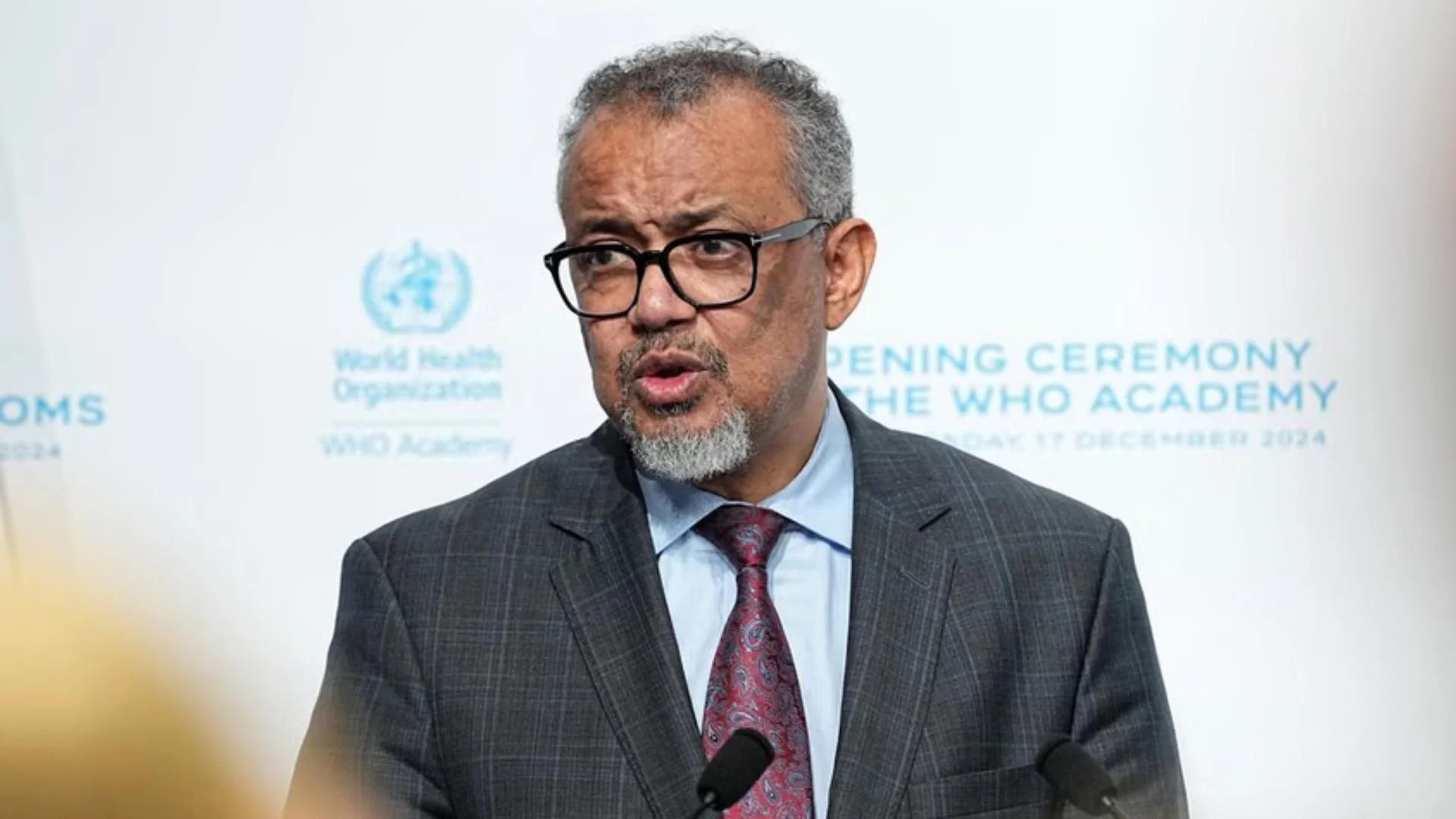Elections in India, considered a festival of democracy, have become the talk of the town at every scheduled occurrence. However, they have grabbed the nation’s interest even more ever since Prime Minister Narendra Modi has pitched for “One Nation, One Election”.
Since the very first time when the idea of such a major reform was pitched, the nation was quick to plunge into deep deliberation on the probability of this phenomenon. However, it took considerable time for the nation to think positively about “One Nation, One Election”, which was a consequence of the repeated attempts of the Prime Minister who spoke about this idea on various occasions.
Considering the overall demographics of the country, India could very well think about implementing the “One Nation, One Election” concept after proper contemplation over the issue in the correct direction.
The idea of simultaneous elections was originally put forward by the Election Commission itself in 1983. In its 170th report in May 1999, the Law Commission, headed by Justice B.P. Jeevan Reddy, had said, “We must go back to the situation where elections to the Lok Sabha and all the Legislative Assemblies are held at once”.
Among a series of positive effects resulting from the phenomenon, cost efficiency on the part of state expenditure will certainly be one of the most important. While the burden on the expenditure of the exchequer will be reduced, it will also play an important part in reducing the corruption involved in the process. At the same time, it will save the costs of ensuring administrative preparedness, including the deployment of security personnel.
Although the concept of “One Nation, One Election” has not been penned down in the Constitution, it has been envisaged that elections be held simultaneously in the country. History states that this concept is not alien in nature for India. In fact, the first four general elections in free India were based on this concept of holding simultaneous elections—not to forget that the process happened in the smoothest possible manner with the general consent of the people of this nation.
It is imperative for us to understand the reason behind the change in this pattern. The transformation in this efficient pattern took place as, in the 1960s, the predominance of the one-party system began to fade with non-Congress political parties beginning to form governments in states like Uttar Pradesh, West Bengal, Punjab and Haryana. The final blow came in 1969 with the division in the Congress Party.
Today, while deliberating on the issue, a relative comparison is being made between countries like the United States of America and India. It has been argued that in countries like the US, there are over 56 states and yet there is no demand for one election. While the argument is true, the logic can be argued justifiably. In countries like the US, the financial burden on the exchequer is perhaps not that big an issue as it is in India. The issue of corruption is also a relatively lesser evil. Thus, the situation in India remains unarguably different than that of the western world. Regarding many other aspects, comparison with the western world fails to be established on justified lines. So, the possibility of the implementation of this reform in India cannot be ruled out on that basis.
To begin with, in 2024, all the state elections coinciding with the general election can be conducted simultaneously. Once all the elections are conducted, we will still have a situation where Article 356 will need to be inevitably invoked. Then, either elections can be held for the residual tenure or the possibility of President’s Rule for that residual period can be deliberated on. There is a need to think of potential solutions keeping in mind the positive benefits for the entire nation.
At regular intervals, voters of this nation have exhibited a certain maturity in their process of voting. Voters in many states have voted for different political parties at different elections. For instance, in Rajasthan, the voters caused a landslide victory for Prime Minister Narendra Modi because the popular sentiment was against supporting state leader Vasundhara Raje. Similarly, in the state of Odisha and Delhi, we have seen the choice of voters vary from one election to another election.
A mechanism for the successful roll-out of “One Nation, One Election” is not impossible. The general election is held in one stroke in the entire country in different phases. Similarly, we can achieve the concept of “one election”, for instance, by having different machines to vote in different elections at one polling booth or having one machine which can be used for voting in different elections.
This will not only save the additional cost of holding multiple elections and reduce administrative inconvenience, but also amplify the accountability of the politicians significantly. The people of this nation will have to choose between different political visions only once in five years, and without the improvised vision documents of political parties for every election, the energy of the politicians would be dedicated to fulfilling previously unfulfilled promises, if any.
As pointed out by Prime Minister Narendra Modi, the model code of conduct also has a significant effect on developmental works. On many occasions, it has been witnessed that as the model code of conduct has come into force, new developmental works which are the need of an hour have to be delayed. Besides, the suggestion of having one voter list can be implemented with further deliberation as suggested by him.
Good governance should be the sole aim of the elected representatives and political parties in a democracy. This new reform can personify the very essence of good governance in the best of its form in a successful democracy like India. However, this ambitious goal can only be achieved post the mutual consensus of all the stakeholders, for which serious deliberation on the issue is indeed indispensable.
The writer is media head for BJP Maharashtra. The views expressed are personal.
Although the concept of ‘One Nation, One Election’ has not been penned down in the Constitution, it has been envisaged that elections be held simultaneously in the country. History states that this concept is not alien in nature for India. In fact, the first four general elections in free India were based on this concept of holding simultaneous elections—not to forget that the process happened in the smoothest possible manner with the general consent of the people of this nation.












